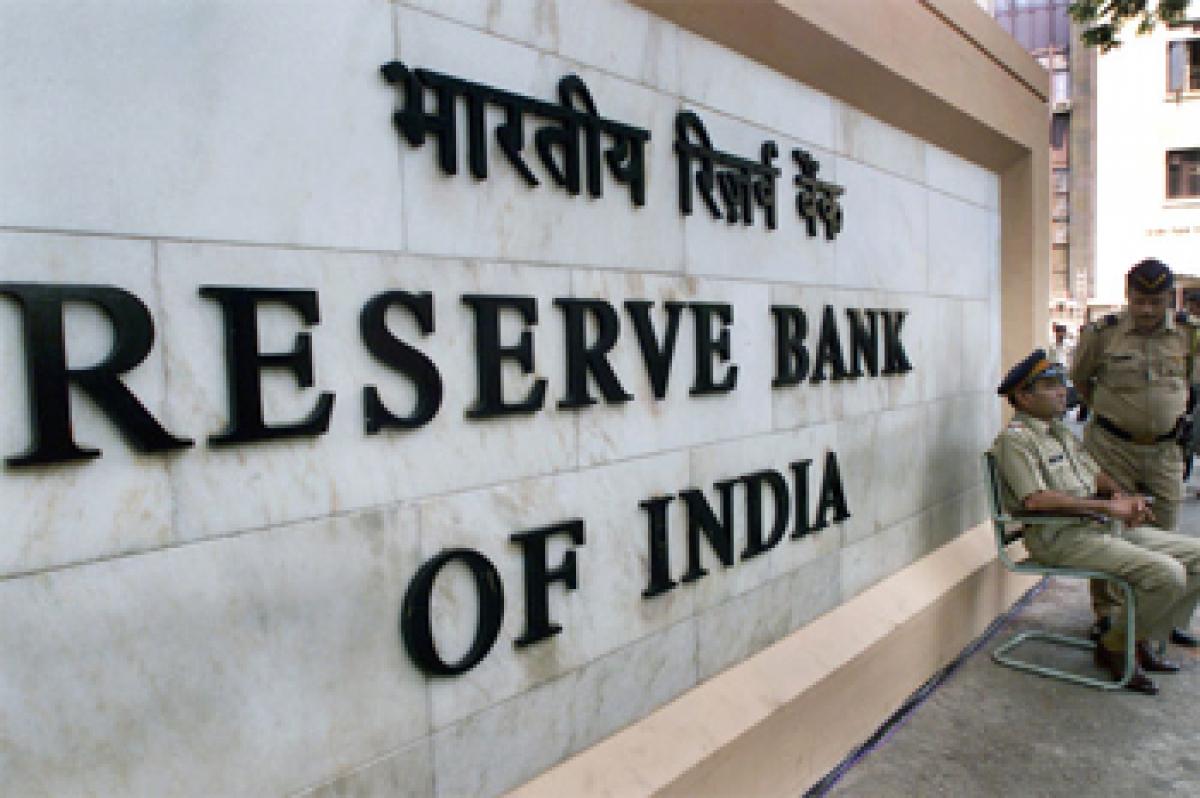Live
- Govt plans to establish offshore Johns Hopkins University Campus in India
- Goa Aces clinch Indian Racing League title
- Study finds how hormone therapy can reshape the skeleton
- High-street fashion players looking at India for manufacturing: Report
- Shreyas Iyer to lead Mumbai as Prithvi Shaw returns for Syed Mushtaq Ali Trophy
- 'Failed to resolve crisis': NPP withdraws support from BJP govt in Manipur
- Chennai: Actress Kasturi Remanded in Custody Until 29th of This Month
- Aaqib Javed likely to become Pakistan's new white-ball head coach
- BJP panel to draft poll charge sheet against AAP govt in Delhi
- Allu Arjun Thanks Fans in Patna, Teases 'Pushpa 2' Release
Just In
Banks may not cut lending rates, but cut in PPF good: Experts


With their huge bad loans and provisioning for the same affecting their profitability, India’s banks may not reduce their lending rates in the near future following the slashing of interest rates on the small savings schemes, say experts.
With their huge bad loans and provisioning for the same affecting their profitability, India’s banks may not reduce their lending rates in the near future following the slashing of interest rates on the small savings schemes, say experts.
They also predict that there will be a higher flow of savings into the capital markets via mutual funds and others.
The BJP-led central government, much to the chagrin of the common man, cut the interest rates on various small savings schemes and public provident fund (PPF), citing banks' grievance that they were not able to reduce their lending rates as interest on deposits were on the high side.
The interest rate was cut from 8.7 percent to 8.1 percent on PPF, from 8.5 percent to 8.1 percent on National Savings Certificate, from 8.7 percent to 7.8 percent for Kisan Vikas Patra and from 8.4 percent to 7.4 percent on five-year recurring deposit. Even the girl child scheme Sukanya Samridhhi Account (SSA) was not spared, with a cut from 9.2 percent to 8.6 percent.
Similarly, rate cut has been announced on various term deposits. The banks had been saying that they are forced to pay higher interest rate on their deposits as they have to compete with the small savings schemes enjoying tax benefits.
"This decision was expected as the government had indicated a move in this direction earlier. We hope that with this review of the small savings interest rates, banks would considerably hasten a re-look at their own lending rates and bring these down for both consumers and investors," business chamber FICCI's secretary general A. Didar Singh said in a statement.
"Banks have been pointing out the interest rates on small savings instruments as one of the factors that have deterred them from reducing their interest rates. With the government now having made this move, banks must take an immediate cue and support the incipient economic recovery," he added.
The slashing of interest rates on PPF and other small savings schemes may not result in banks cutting down their lending rates immediately given their own problems.
"In the near future the banks may not reduce their lending rates but will use this - interest cut on small savings schemes - to mobilise more deposits. If they have to kick start the economic growth, they have to mobilise deposits for lending," Saswata Guha, director, Financial Institutions at global credit rating agency Fitch Ratings, told IANS.
He also agreed that the banks have to contend with their huge bad loans and hence lending rate cuts may not happen soon.
"They don't have the wherewithal to reduce their lending rates now," Guha said.
"The rate cut on small savings schemes is not all that bad and savers will now put some part of their money in the capital markets, mutual funds and others that give higher returns," Bhuvana Shreeram of Mumbai-based Financial Freedom Golden Practices told IANS.
"PPF rates have been as high as 12 percent for the first 15 years and have come down to average around 8.5 percent in the last 15 years. But look at the timing of this fall. In 2001, double digit PPF rates became history. And what happened to India's GDP and more importantly per capita income of Indians is important to note," Shreeram said.
According to her, when GDP and per capita income goes up, people have more money to spend, and the government will increase its spending thereby creating more jobs and more capital investments will come into the country which again means more jobs.
"Historically, through the good and bad times of the last 35 years, capital markets have given 17 percent average annual returns which is 2.5 times risk free rate," Shreeram said.
By Venkatachari Jagannathan
(Venkatachari Jagannathan can be contacted at [email protected])

© 2024 Hyderabad Media House Limited/The Hans India. All rights reserved. Powered by hocalwire.com






